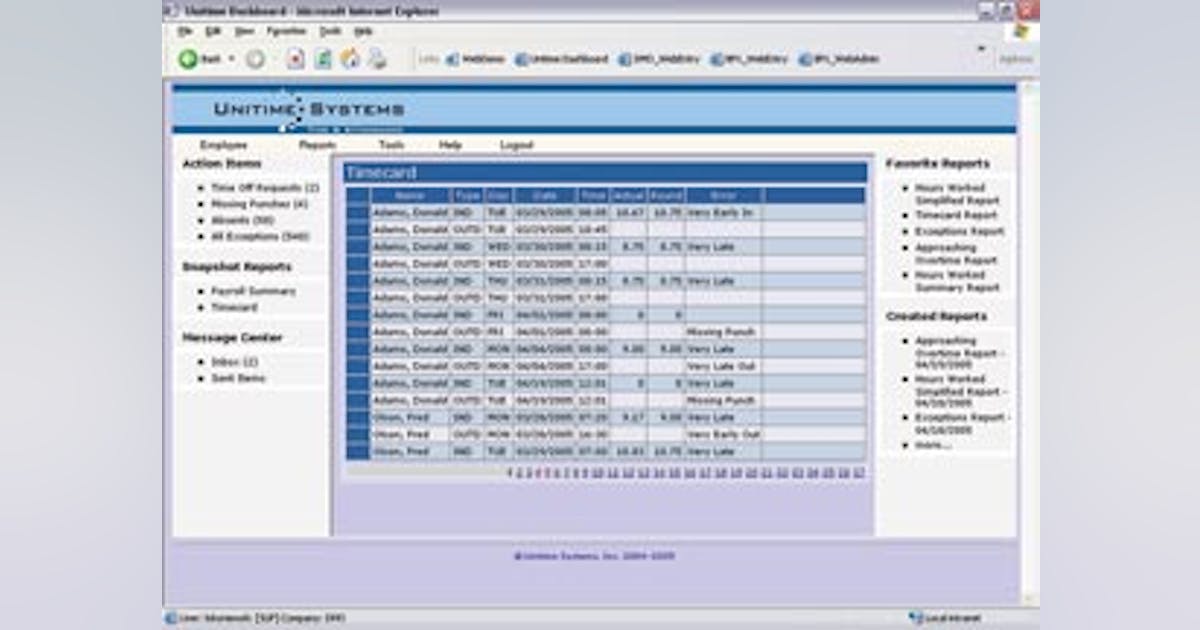What Is Cusp Of A Tooth? Prevention Guide

The cusp of a tooth refers to the pointed or rounded portions of the chewing surface of a tooth. These cusps play a crucial role in the chewing and grinding of food, allowing for efficient mastication and distribution of forces within the mouth. However, the cusps are also susceptible to wear and tear, fractures, and other forms of damage, which can lead to a range of dental problems.
Understanding the anatomy and function of the cusps is essential for maintaining good oral health and preventing potential issues. The cusps are typically found on the posterior teeth, such as molars and premolars, which are responsible for grinding and crushing food. The shape and size of the cusps can vary depending on the specific tooth and the individual’s bite.
Preventing damage to the cusps of the teeth requires a combination of good oral hygiene practices, a balanced diet, and regular dental check-ups. One of the most effective ways to prevent cusp damage is to avoid biting or chewing on hard objects, such as ice, nuts, or hard candy. These types of activities can put excessive stress on the cusps, leading to fractures or wear.
Additionally, individuals who grind or clench their teeth, a condition known as bruxism, are at a higher risk of cusp damage. Bruxism can cause the cusps to become worn down or chipped, leading to sensitivity and pain. Wearing a mouthguard or splint can help to distribute the forces of grinding and clenching, reducing the risk of cusp damage.
A well-balanced diet that is low in sugary and acidic foods can also help to prevent cusp damage. These types of foods can contribute to tooth decay and erosion, which can weaken the cusps and make them more susceptible to damage. Regular dental check-ups can help to identify any potential issues with the cusps before they become major problems.
In terms of prevention, there are several strategies that can be employed to reduce the risk of cusp damage. These include:
- Avoiding biting or chewing on hard objects
- Wearing a mouthguard or splint to reduce the effects of grinding and clenching
- Eating a balanced diet that is low in sugary and acidic foods
- Practicing good oral hygiene, including regular brushing and flossing
- Avoiding habits such as nail biting or pencil chewing
- Getting regular dental check-ups to identify any potential issues
By following these prevention strategies, individuals can help to protect the cusps of their teeth and reduce the risk of damage. Regular dental check-ups and good oral hygiene practices can also help to identify any potential issues before they become major problems.
In addition to these prevention strategies, there are also several treatment options available for cusp damage. These can range from simple fillings or bonding to more complex procedures such as crowns or onlays. The type of treatment will depend on the extent of the damage and the individual’s overall oral health.
Treatment Options for Cusp Damage
- Fillings or bonding: For minor cusp damage, a filling or bonding procedure may be sufficient to repair the tooth.
- Crowns: For more extensive damage, a crown may be necessary to cover the entire tooth and provide additional support.
- Onlays: An onlay is a type of restoration that covers only the damaged cusp, rather than the entire tooth.
- Extractions: In severe cases of cusp damage, the tooth may need to be extracted and replaced with a dental implant or bridge.
In conclusion, the cusps of the teeth play a critical role in the chewing and grinding of food, and preventing damage to these structures is essential for maintaining good oral health. By following a combination of good oral hygiene practices, a balanced diet, and regular dental check-ups, individuals can help to reduce the risk of cusp damage. Regular dental check-ups can also help to identify any potential issues before they become major problems.
What is the most common cause of cusp damage?
+The most common cause of cusp damage is teeth grinding or clenching, also known as bruxism. This can cause the cusps to become worn down or chipped, leading to sensitivity and pain.
Can cusp damage be prevented?
+Yes, cusp damage can be prevented by avoiding biting or chewing on hard objects, wearing a mouthguard or splint, eating a balanced diet, and practicing good oral hygiene.
What are the treatment options for cusp damage?
+Treatment options for cusp damage can range from simple fillings or bonding to more complex procedures such as crowns or onlays. The type of treatment will depend on the extent of the damage and the individual’s overall oral health.

